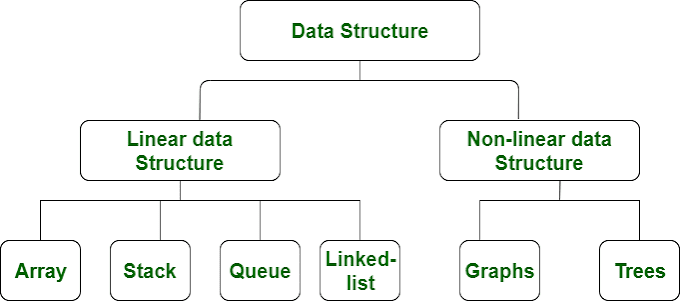These projects ideas are excellent for those who have some programming knowledge and are looking to break into the machine learning field.
Machine learning is broad and applicable in many fields. So you might get lost trying to find a foothold as a beginner. Nonetheless, taking up projects while learning helps you decipher your interests and focus on a specific path.
Additionally, it lets you familiarize yourself with the typical machine learning workflow.
Here, we'll show you some of the best beginner project ideas that'll help you dive deeper into the nitty-gritty of machine learning.
1. Loan Prediction
Many lending and banking apps now incorporate loan eligibility models. So this is an inspiring angle to start with if you're interested in applying machine learning to your existing fintech knowledge.
You're not likely to scale this up for app incorporation, though. But you'll learn how most enterprise apps decide whether someone is eligible for a loan or not.
To start, you need a dataset containing some financial information. Leveraging the earning and spending trends in this data, you'll then train your model to learn specific patterns and predict loan eligibility when it receives new information.
2. Sentiment Analysis
Playing around with sentiment analysis is a perfect idea, especially if you have a knack for written words.
If you're confused, sentiment analysis involves text classification or clustering by a machine, usually into positive and negative perceptions.
As with many natural language projects, feature selection might be a bit challenging here as well. But analyzing sentiments in text often starts with text mining to study the patterns of the texts in question. This lets you figure the main features across your dataset that you can use as training criteria.
You can then use appropriate classification algorithms like the Naive Bayes or the decision tree to train your model. Ultimately, this project exposes you to the basic concepts of text manipulation and how spam detection works.
Python offers a ton of flexible algorithms and logic around sentiment analysis. So if you're comfortable with Python, which is relatively easy to grasp, you can take a look at how to use the natural language processing toolkit.
3. Code a Logistic Regression Model
Logistic regression is a straightforward classification model perfect for beginners. As you may already know, it finds the probability of occurrence of discrete events.
You can start by working with datasets containing discrete values like "Yes" and "No," or "Good" and "Bad." Like other classification algorithms, logistic regression helps your machine encode these into readable values so it can predict appropriately.
And if you want to predict more than two possible outcomes, you can delve further into multinomial logistic regression. That said, Python's scikit-learn might be a pretty handy tool for writing your model.
4. Image Recognition
Technologies like facial recognition and fake image detection might seem like magic. But when you get yourself engrossed in a DIY image recognition project, you'll soon realize that creating one is easier than you might've thought.
Moreover, you have a pretty large handful of image processing machine learning libraries out there at your disposal. TensorFlow, for instance, offers versatile resources for image modeling.
And if TensorFlow is complex to narrow down, Keras, a part of the TensorFlow platform, is also a valuable tool you can leverage. Ultimately, a basic understanding of Artificial Neural Networks (ANN) is helpful for this project.
Your image recognition project, however, may range from fake image detection to image recognition algorithms.
Although it looks tedious at first, it becomes easier as you dive deeper. Plus, it gives you a solid understanding of deep learning concepts.
5. Cancer Classification and Prediction
Cancer classification is an interesting angle to look into, especially if you're interested in applying your machine learning knowledge in medical fields like bioinformatics.
Your data would typically contain standard metrics for deciding whether a tumor is benign or malignant. You'll then use this information to create a model that classifies new cancer cases into the appropriate category using the same metrics. Depending on how you intend to approach this, you can use a classification algorithm like the decision tree to inform the machine's decision.
And if you want to add to the existing knowledge, you can even take your project deeper by delving into cancer prediction. Here, you can use algorithms like Support Vector Machines (SVMs) and Artificial Neural Networks (ANN) to achieve your goal.










